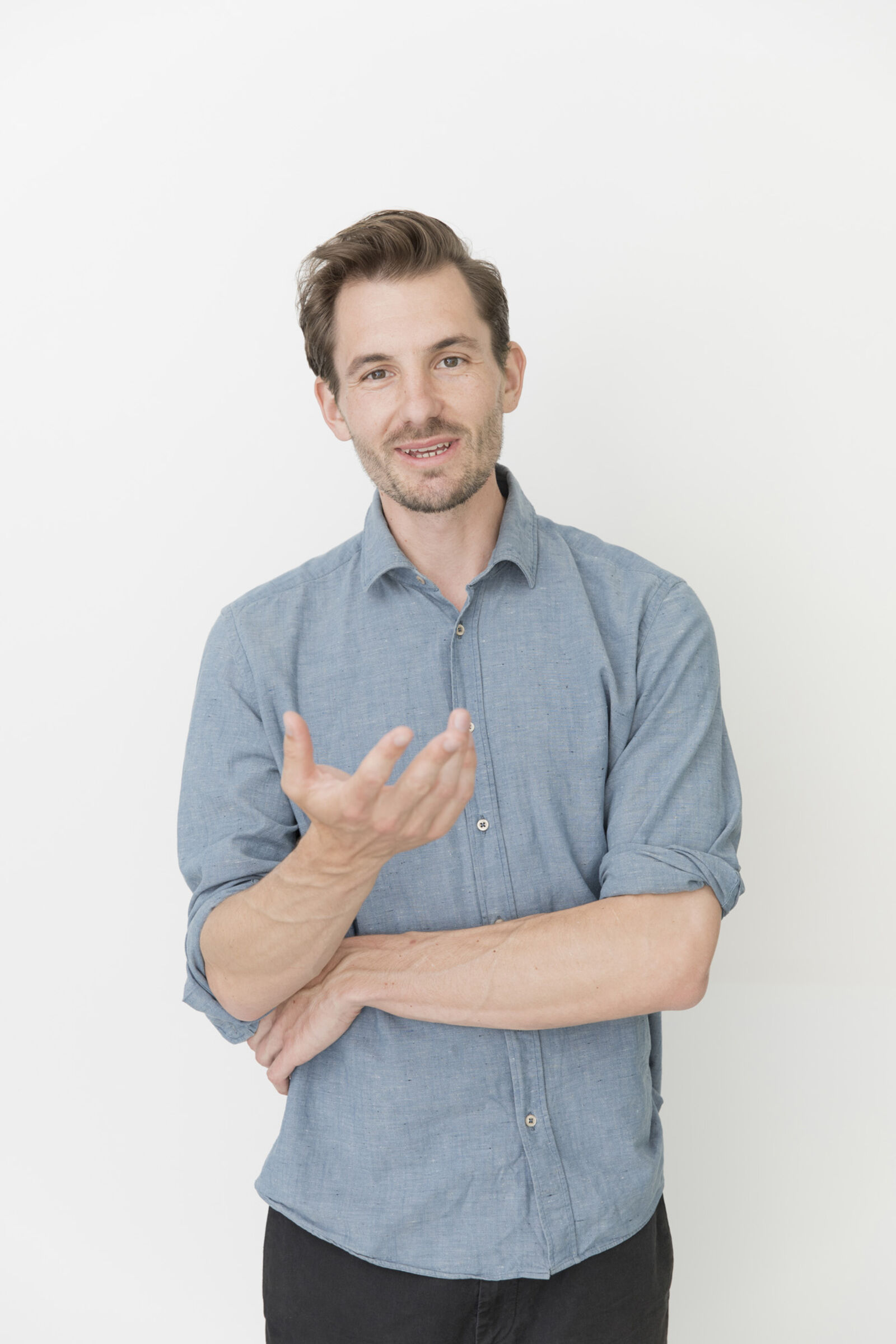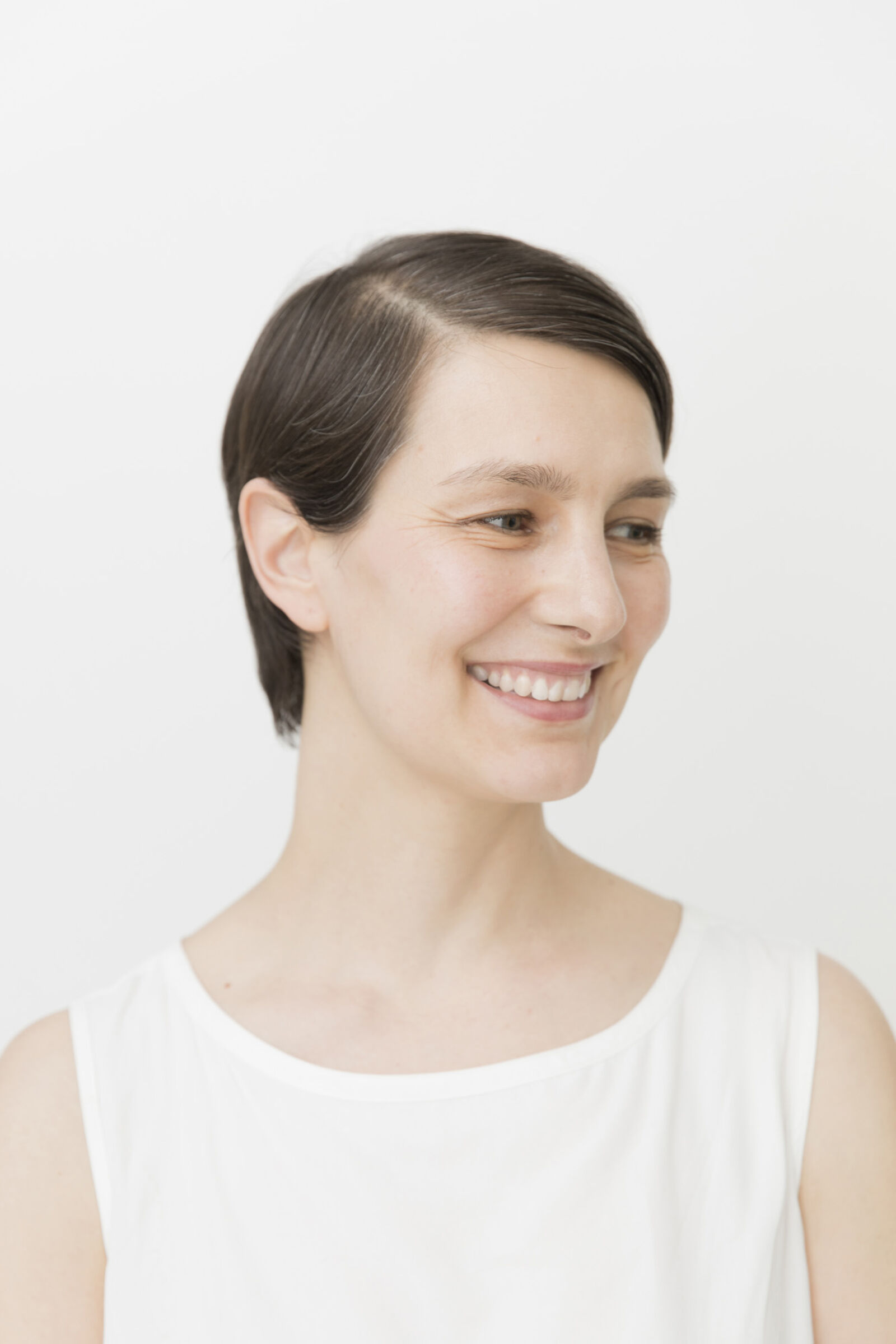Bacterial Weavings
From Microbiological Activity and Fibrous Biofilm Matrices to Design and Architecture
Working with microbiology for a new materiality of design and architecture allows for new form-giving processes as well as new material qualities. In order to explore these potentials, we have to bridge the gap between lab and workshop, between microbiology and architecture and their respective scales. This approach extends conventional ways of design and making and calls for new tools, processes and an awareness to co-design with the living.
Bacterial biofilms are adaptive and responsive micro-ecologies. They consist of multicellular aggregates held together by a fibrous matrix, in which cellulose serves as a structural scaffold. Some bacteria even produce a matrix of pure cellulose. As a growing material, we investigate bacterial cellulose from the perspectives of biology, material engineering, design, and architecture. The interdependency between the micro-architecture of the matrix, the bacterial cells perceiving their micro-environments, and spatial constraints shape the biofilm. This may result in macroscopic tissue-like wrinkling and folding, which in principle can be described by hyperbolic geometry. Designing with living microbes means conceptualizing and handling milieus of growth, care, and mediation, but it can also include (re)designing genetic code using synthetic biology approaches.
Through the close exchange between microbiology and design, we were able to realize multiple prototypes and exhibition contributions. In a cross-MoA collaboration with the projects MATERIAL FORM FUNCTION and OBJECT SPACE AGENCY we realized the Active Curtain Installation at Humboldt Forum Berlin, where objects grown from bacterial cellulose are on display. Furthermore, an installation during the 2021 Milano Design Triennale »Unkown Unknowns« was realized, which consisted of approx. 200 individual bacterial cellulose pieces. In this installation two textile systems, the biofilm and a network of textiles threads, intersect with each other. In contrast to the biofilm, the secondary textile network follows a designed pattern and geometry on the macro-scale, providing a scaffold for the biofilm to develop. The textile scaffold is located directly at the air–liquid interface. These intersection areas not only allow both systems to merge with each other, but likewise influence the growth of the biofilms with their fibrous microstructure, actively responding to the textile scaffold.












